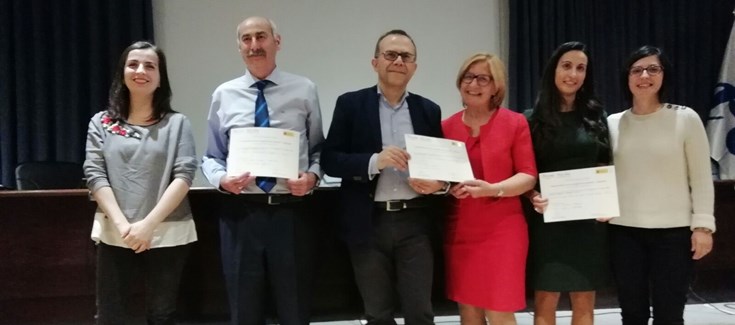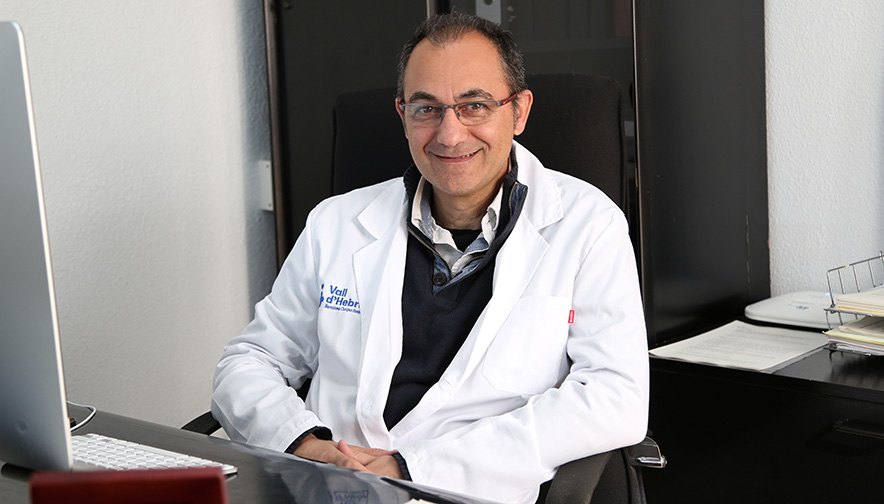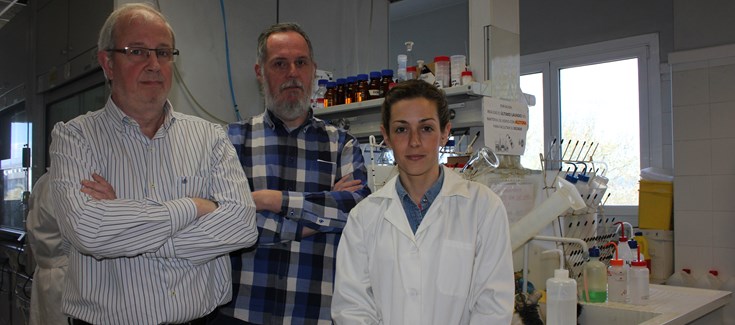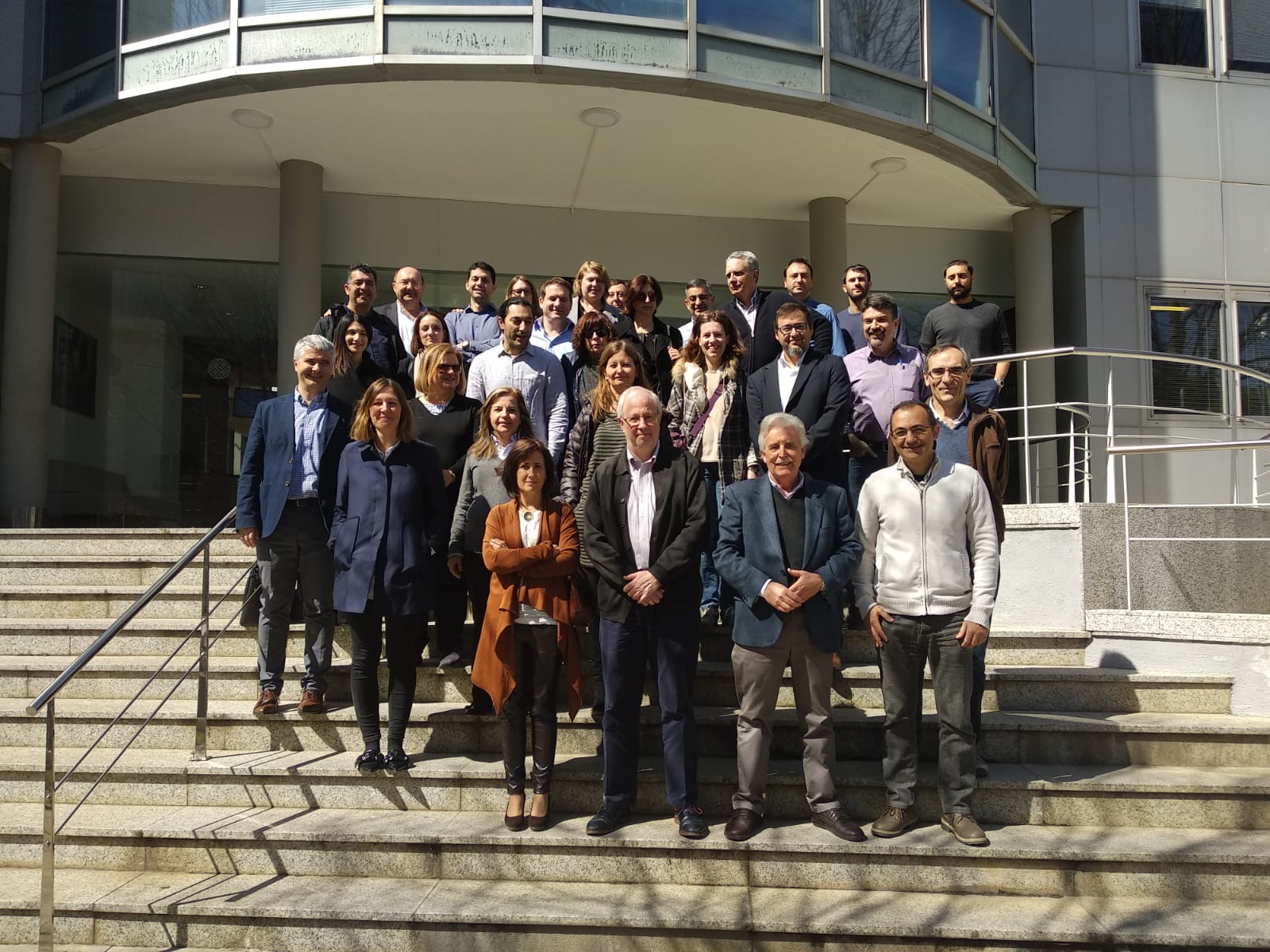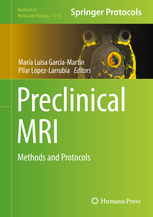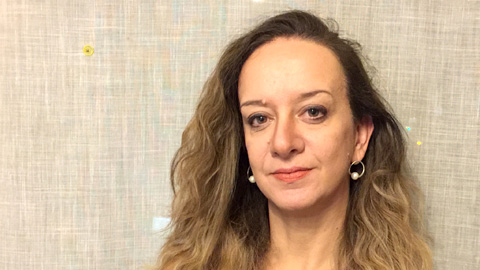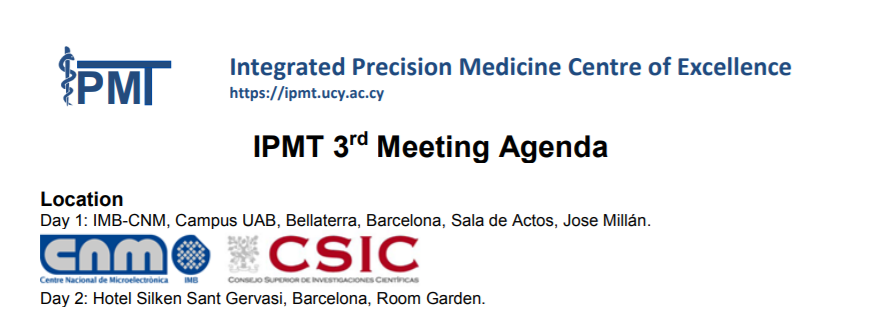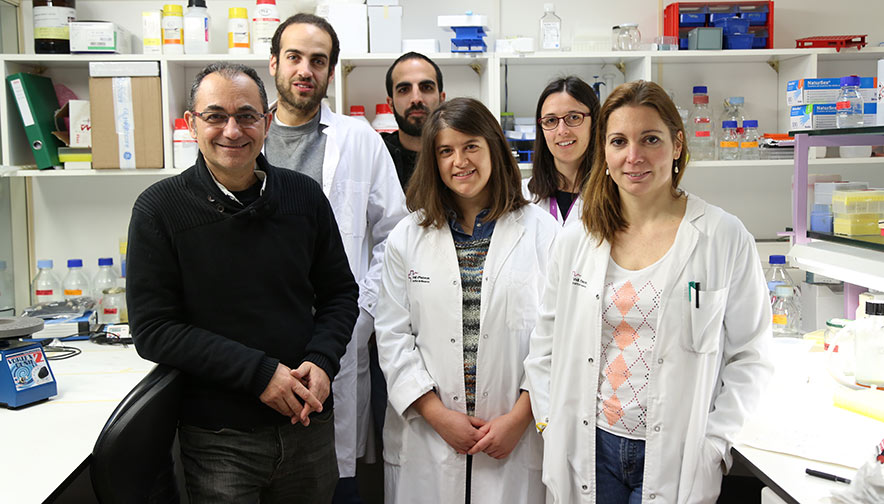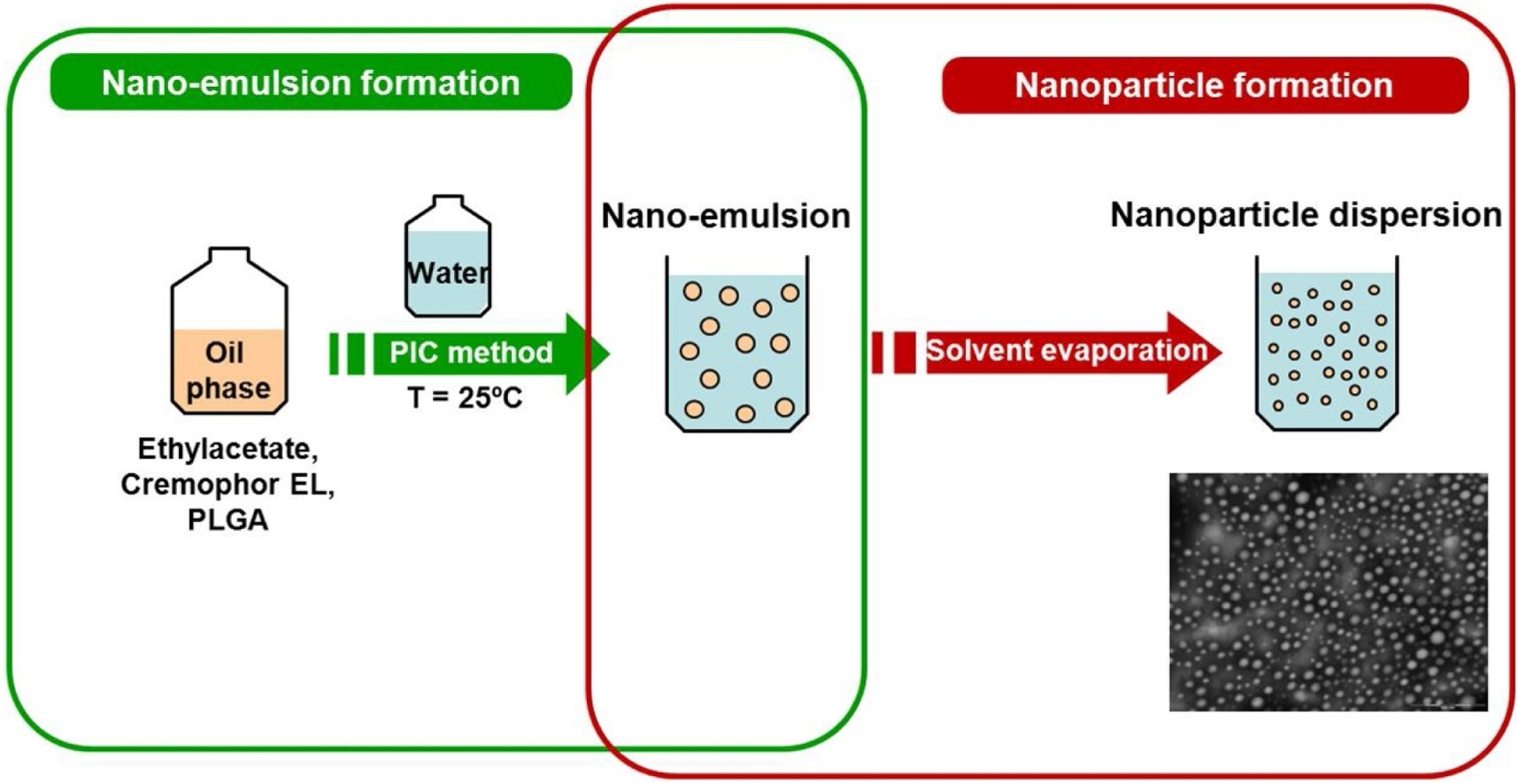Two Units of NANBIOSIS participates in the CIBERONC – CIBER-BBN collaboratives projects
Scientists from two NANBIOSIS units participate in two of the three projects selected in the Call CIBER-BBN / CIBERONC.
On April 13, the 1st CIBERONC – CIBER-BBN Collaborative Projects Forum took place at the National School of Health (Carlos III Health Institute). The purpose of the event was to carry out the resolution of the call for collaborative seed projects between the two areas.
During the forum, 12 proposals for collaborative projects were presented, encompassed in four thematic sessions: new nano-devices, new strategies for 3D culture, phototherapy and drug release. All the proposals included the application of some of the latest innovations in the fields of bioengineering, biomaterials and nanomedicine to try to respond to a clinical oncological need.
Josep Samitier, Scientific Director of NANBIOSIS Unit 7 , together with Rosa Noguera of CIBERONC, coordinates the project “3D models in vitro for the studies of mechanotherapy in neuroblastoma“. This project addresses a very novel topic of undoubted scientific interest: the effect of the physical properties that the extracellular matrix contributes to the progression and treatment of tumors. In addition, the project has a high translational value and could be applicable not only to neuroblastoma but to other types of tumors and the general metastatic process.
The groups led by Jaime Veciana, Scientific Director NANBIOSIS and of NANBIOSIS unit 6, toguether with Joaquín Arribas of CIBERONC, will develop the project “Artificial lymphatic nodes for the immunotherapy of cancer (ALYCIA)” coordinated by the researchers Cristina Bernadó (CIBERONC) and Judit Guasch ( CIBER-BBN). This project offers the possibility of studying the role of immune cells with a more efficient system for obtaining T cells, controlling the possible immune response that can be generated by inoculating artificial lymph nodes. It is an innovative project, with great potential and many expectations
